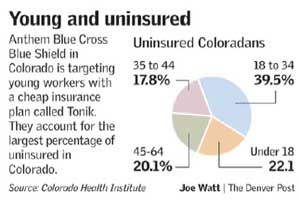 At their Jan. 24 meeting, the Steamboat Springs City Council unanimously approved the first reading of an inclusionary zoning ordinance.
At their Jan. 24 meeting, the Steamboat Springs City Council unanimously approved the first reading of an inclusionary zoning ordinance.If it receives final approval on second reading, the ordinance would require that most types of new residential developments include 15 percent affordable housing. Half of that housing would be for those who make 80 percent or less of the county's annual median income, or AMI, and the other half would be for households that make 120 percent or less. The annual median income for a family of four is about $72,700.
If adopted Steamboat, will join several other Colorado jurisdictions (Aspen, Boulder, Basalt, Carbondale, Crested Butte, Glenwood Springs, Longmont, Snowmass Village, and Pitkin County) and a growing number of cities across the U.S. using inclusionary zoning to require a new developments to include a certain percentage of affordable housing.
Further south and over a few mountain passes, Gunnison County is having a heated discussion on a inclusionary zoing ordinance that would require 30% of the home in a new development to be affordable and deed-restricted to residents meeting area median income levels.



